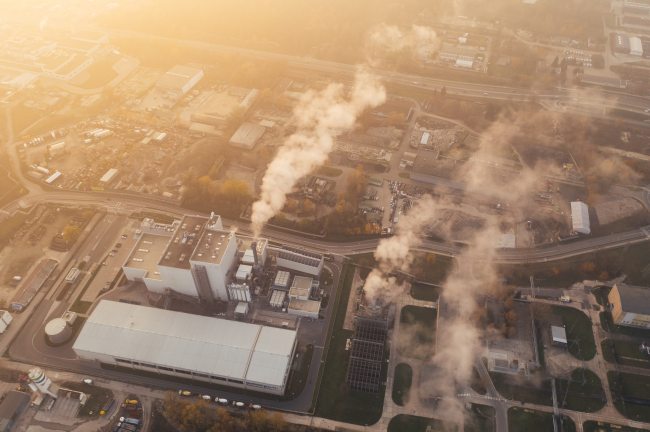
In a moment where more than 190 world leaders and thousands of government, business and citizen representatives convened, at COP 26, the World packaging Organisation (WPO) has addressed the importance of packaging to reduce greenhouse gas emissions generated by food waste.
The WPO said a third of all food produced in the world (around 1.3 billion tonnes) is lost or wasted, costing the global economy close to US$940 billion each year. This equates to 4.4 billion tons of CO2 emissions.
Besides this, over 1 billion tonnes more food is being wasted than previously estimated, contributing in 10 per cent of all greenhouse gas emissions. It is also estimated that less than 10 per cent of temperature-sensitive perishable foods have access to cold chain systems worldwide and many developing countries have a negligible cold-chain capacity.
From the COP 26 results, the WPO said it is clear that national leaders are under pressure to take the necessary steps to reduce their emissions, mobilise funds and drive adaptation and resilience. Countries are also being asked to move forward with ambitious emissions reduction targets by 2030.
“Recently, WWF (World Wide Fund for Nature) and the retail chain Tesco published the ‘Driven to Waste – Global Food Loss on Farms’, a report that quantifies the total amount of food lost on farms, globally, revealing an estimated 2.5 billion tonnes of food go uneaten around the world each year,” WPO president Pierre Pienaar said.
“That is an increase of approximately 1.2 billion tonnes on the established estimates of 1.3 billion tonnes wasted each year. These new estimates indicate that of all the food grown, approximately 40 per cent go uneaten, which is higher than the previously estimated figure of 33 per cent.”
According to Pienaar, the good news is that 25 per cent of this food wasted can be saved by using better packaging – by applying packaging science and technology to make the food chains more efficient and, consequently, protecting food better and reducing food loss and waste.
“Environmentally speaking, food that is lost or wasted is responsible for eight per cent of global greenhouse gas emissions. If food waste were a country, it would be the third largest GHG emitter behind the USA and China”, he said.
“Packaging can play an integral role in minimising food waste at the start of the value chain so that waste can be prevented in the households.”
The WPOhas been working on the issue of Food Waste and the role that packaging plays for many years and as the organisation developed a special award category for innovative and intuitive ‘Save Food Packaging Design’ in the annual WorldStar Packaging Awards.
“Avoiding food waste is a critical packaging issue and one that food producers, manufacturers, brand owners, retailers and consumers need to better understand. Without adequate intuitive packaging design features and fit-for-purpose packaging, food can potentially be wasted all the way through the supply chain to the consumer,” WPO vice-president of sustainability and save food Nerida Kelton said.
“The Packaging that Saves Food Special Award is designed to raise the profile of the critical role of packaging to reduce food waste and therefore reduce product’s overall environmental impact and recognises companies that are developing innovative and sustainable packaging that minimises food losses and food waste, extends shelf life and improves the supply of food.
“The WPO encourage all businesses to consider entering this award category to help showcase Best Practice Save Food Packaging Design across the globe.”


